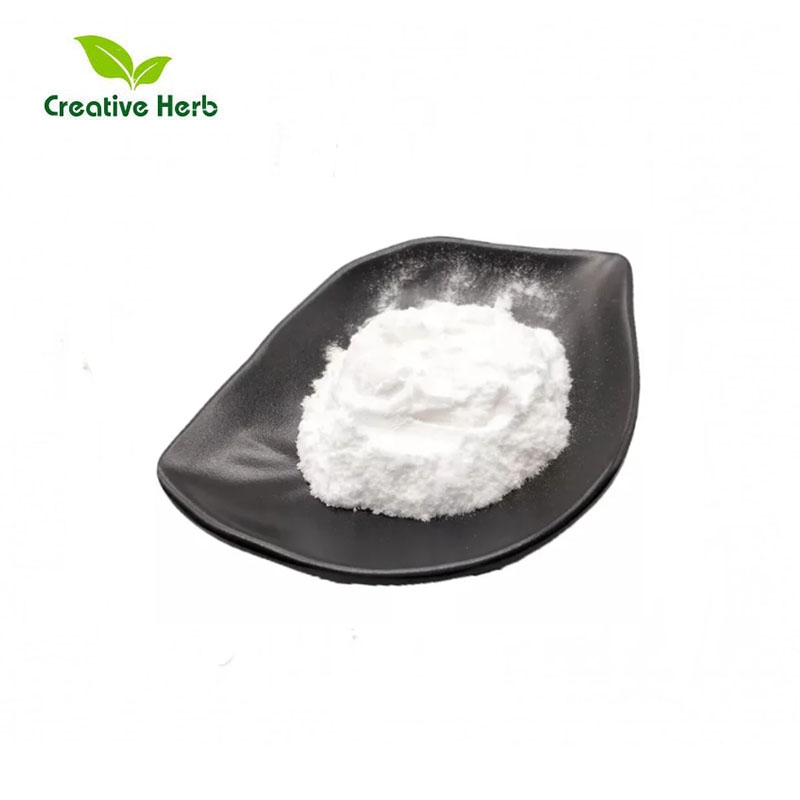Science: scientists discover proteins that mediate key life activities of cancer cells
-
Last Update: 2019-05-08
-
Source: Internet
-
Author: User
Search more information of high quality chemicals, good prices and reliable suppliers, visit
www.echemi.com
May 8, 2019 news / BIOON / - protein is an integral part of life - in cells, proteins combine into large macromolecular complexes, i.e protein complexes, which cooperate with each other to complete specific functions A large number of cancer studies have focused on finding inhibitors of these protein complexes Kinases such as mTOR and ATR, as well as enzymes such as telomerase that are overexpressed in tumors, belong to these complexes There are some proteins (called chaperones and chaperones) whose function is to construct these protein complexes in cells, and the inhibition of this assembly process is being studied as an anti-cancer strategy We can compare kinases and enzymes, such as mTOR, ATR or telomerase, to buildings under construction, and chaperones (such as Hsp90) and chaperones (such as r2tp) are the machines for construction Photo source: current evidence from science advances suggests that targeting ruvbl1-ruvbl2 has the potential to treat cancer Ruvbl1-ruvbl2 is the energy engine accompanying r2tp This allowed researchers from the DNA damage response research group of the National Cancer Research Center (CNIO) in Spain to use powerful frozen electron microscopy tools to determine the mechanism of regulating ruvbl1 and ruvbl2, which was published in the journal science advances As mentioned earlier, the macromolecular complex research team in DNA damage reaction has determined the high-resolution structure of r2tp with low-temperature electron microscope In this study, CNIO researchers looked at how cells designed r2tp to bring chaperone Hsp90 into contact with the proteins it works on R2tp complex has an energy engine, a ring composed of ATPase ruvbl1 and ruvbl2, which can generate ADP by using the energy released by ATP hydrolysis In this energy production mechanism, ATP enzymes capture ATP in cells and continuously release ADP as waste and energy Scientists found that in the ring formed by ruvbl1 and ruvbl2, the ATP binding site pathway was completely blocked, and ATP or ADP remained in the ring, thus hindering the energy exchange and motor work The question is, how to use the energy needed to assemble protein complexes? By observing the r2tp system under a low-temperature electron microscope, the researchers found the answer: "we found an area in ruvbl2, which serves as a channel for controlling ATP and ADP to enter the protein; this process requires the energy provided by ATP The key to regulating the opening of this door is the interaction between the r2tp components required for the assembly of ATPase ruvbl2 and mTOR " To study the structure and dynamics of proteins, that is, to understand the interaction between proteins is necessary for biological functions, which has always been very challenging, whether it is experimental observation or computational methods However, the study of protein and macromolecular complexes with low-temperature electron microscopy is one of the focuses of CNIO structural biology project As mentioned in nature a few months ago, it is changing the way we observe and understand how proteins work A comprehensive understanding of the process that determines how macromolecular complexes are constructed will help to identify novel cancer treatment strategies based on inhibition of protein assembly Several studies have shown that inhibition of ruvbl1-ruvbl2 ATPase has therapeutic potential in cancer therapy The research, which was recently conducted by a team led by lolorca of CNIO and by Laurence h pearl of the University of Sussex in the UK, published in the journal science advances, will help accelerate progress in this field Reference: Oscar Llorca et al Structural mechanism for regulation of the aaa-atpases ruvbl1-ruvbl2 in the r2tp co champion revised by cryo em "science advances (2019) Doi: 10.1126/sciadv.aaw1616
This article is an English version of an article which is originally in the Chinese language on echemi.com and is provided for information purposes only.
This website makes no representation or warranty of any kind, either expressed or implied, as to the accuracy, completeness ownership or reliability of
the article or any translations thereof. If you have any concerns or complaints relating to the article, please send an email, providing a detailed
description of the concern or complaint, to
service@echemi.com. A staff member will contact you within 5 working days. Once verified, infringing content
will be removed immediately.







